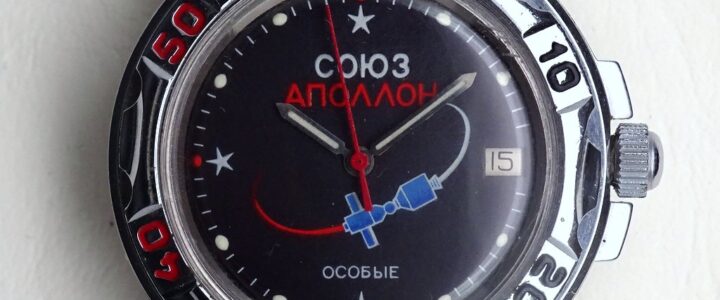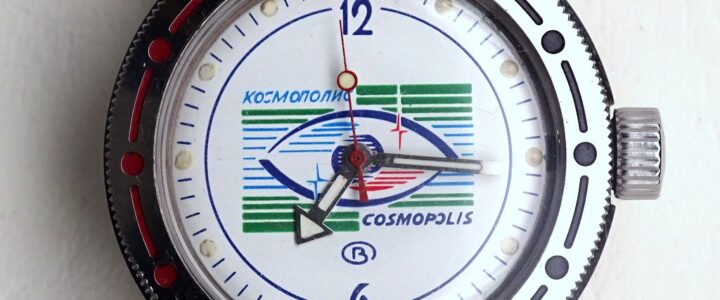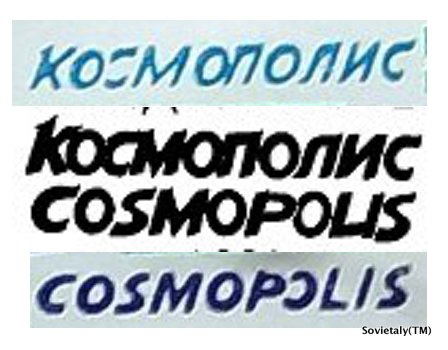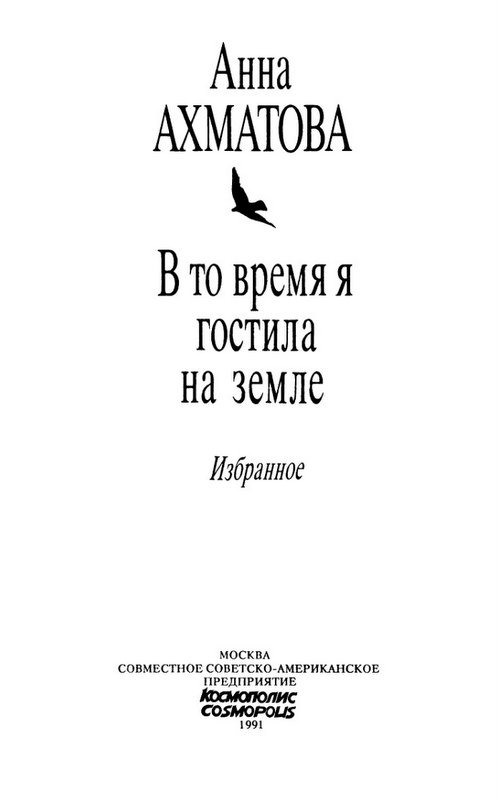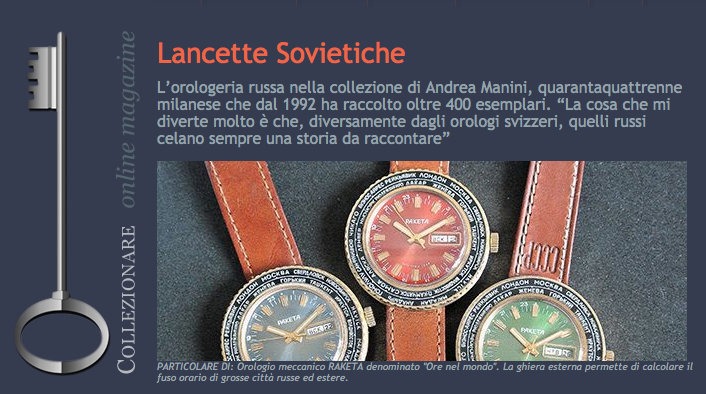One of the most sought-after watches by enthusiasts of Russian and Soviet space-themed timepieces is the Vostok Komandirskie Apollo Soyuz (Восток Командирские Союз Аполлон). This watch is a must-have for collectors, but it is not easy to find and often comes at a high price. After years of searching, I finally acquired two versions: one with a chrome case and another finished in Titanium Nitride (TiN).
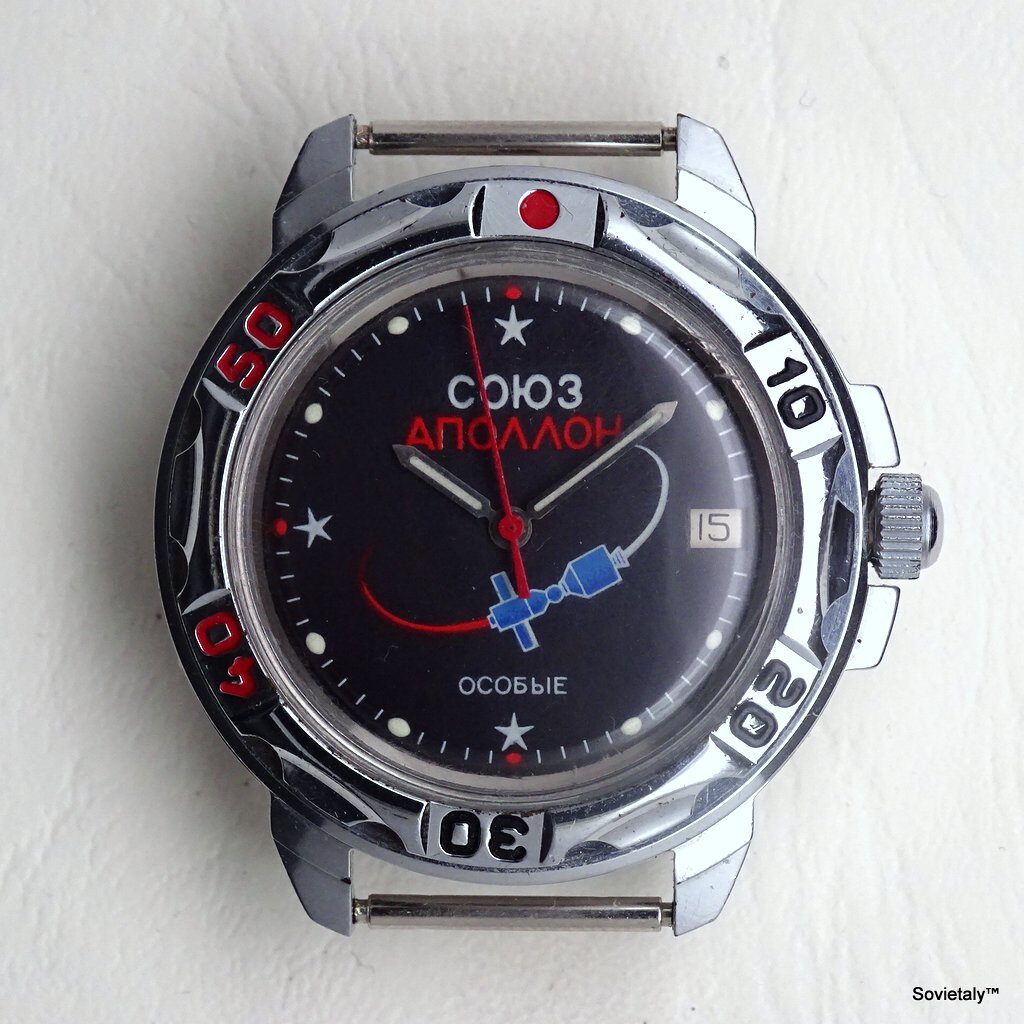
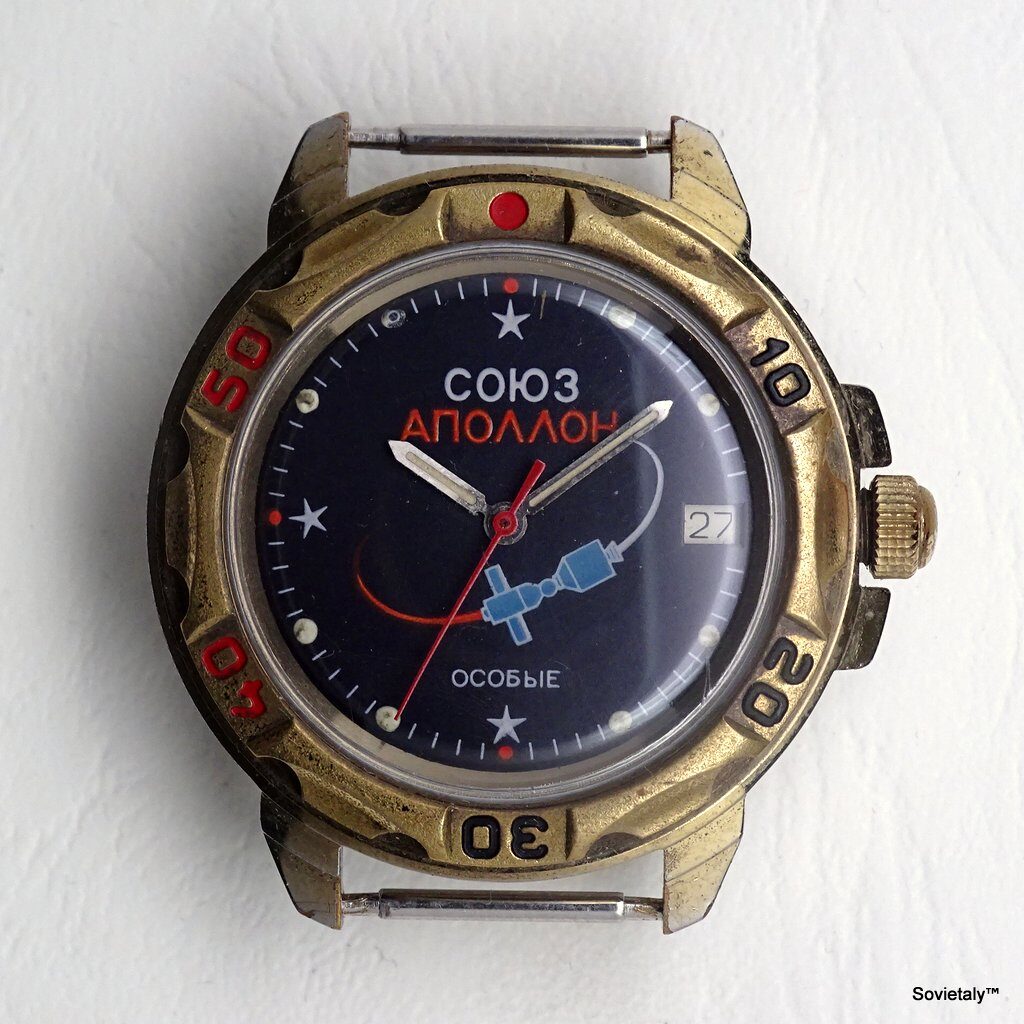
The Mystery of the Watch
At first glance, many believe this watch commemorates the historic Apollo-Soyuz mission of 1975, where American astronauts and Soviet cosmonauts conducted a joint mission in space. The dial features the spacecraft docking, with the names “Soyuz” and “Apollo” in Cyrillic. However, the real story behind this watch is different.
The Advertising Twist
The Vostok Komandirskie Apollo Soyuz was produced as an advertising piece for Apollo-Soyuz cigarettes, a brand launched to commemorate the space mission. These cigarettes were produced by the Java Tobacco Factory in Moscow for the Soviet market and by Philip Morris for the U.S. market, with packaging tailored for each region.
For more details about the cigarette brand, visit Wikipedia and the Smithsonian National Air and Space Museum.
The Unique Caseback
One of the most distinctive features of this watch is its caseback. Unlike standard Vostok Komandirskie models, it features unique engravings that highlight its exclusivity:
- A five-pointed star
- The word “эксклюзивный” (exclusive)
- The word “выуск” (edition)
- A six-digit serial number
- Another five-pointed star
This marking signifies a special edition, though the exact number produced remains unclear.
The Dial Details
The black dial with its printed elements is the standout feature of this watch. Key characteristics include:
- Minute and hour markers in white
- Circular hour markers in white, except for red at 12, 6, and 9 o’clock
- A date window at 3 o’clock
- The spacecraft Soyuz and Apollo depicted in blue and white, with curved lines indicating their docking paths
The Hands and Movement
The watch hands are typical of Vostok Komandirskie models: steel with luminous paint for the hour and minute hands, and a red second hand. Inside, it houses the reliable Vostok 2414 mechanical movement.
The Apollo-Soyuz Mission
The Apollo-Soyuz Test Project (ASTP) marked the first international human spaceflight mission, paving the way for future cooperation in space. Launched in July 1975, the mission demonstrated the possibility of joint operations between the U.S. and USSR, despite Cold War tensions. For more details on the mission, visit the official NASA page.

Apollo-Soyuz Cigarettes
Apollo-Soyuz cigarettes were a commemorative brand of the 1975 space event. These cigarettes were sold both in the USA and the USSR, with the brand varying between “Apollo Soyuz” for the American market and “Союз Аполлон” for the Soviet market. This brand symbolized international cooperation in space and represented a unique element of the popular culture of that period.
Conclusion
The Vostok Komandirskie Apollo Soyuz is more than just a watch; it is a piece of history blending space exploration with a unique advertising campaign. Collectors cherish it for its story and the mystery surrounding its true origin.
For further reading and detailed images, visit the Apollo-Soyuz gallery on Wikipedia and an in-depth article on the history of the cigarettes on Artefact.

